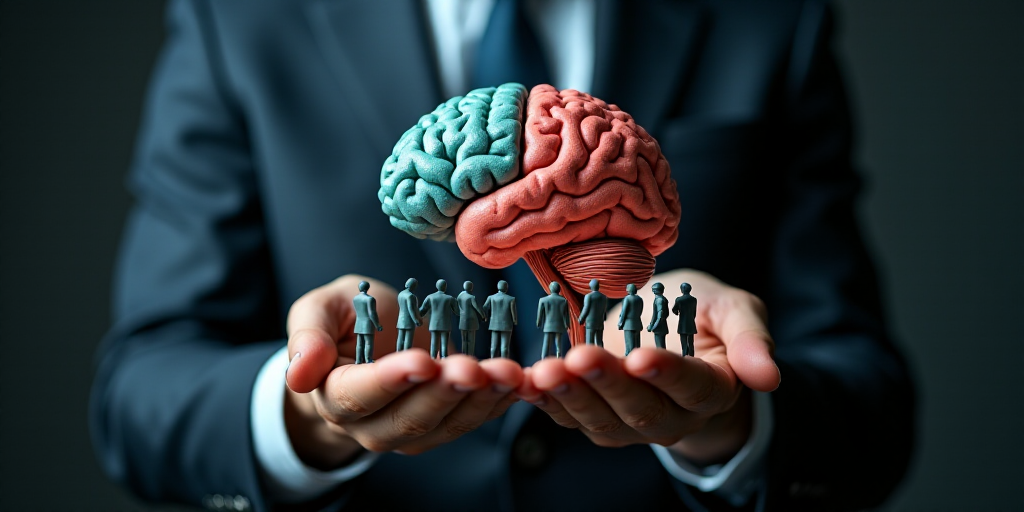Background and Context
On July 2, the Second Collegiate Tribunal of Mexico’s Supreme Court of Justice (SCJN) approved a draft ruling that, according to its public version, claimed that works generated exclusively by artificial intelligence (AI) should be considered part of the public domain. However, a week later, following reactions from legal experts, digital creators, and media outlets, the highest court in the country issued a clarifying note. This note stated that the aforementioned assertion would not be part of the final ruling’s version.
The Amparo Case
The direct amparo 6/2025, the origin of this debate, was not initially a highly complex technological case. According to attorney Cynthia Solís, a partner at LexInf law firm, it was a “procedural clinic”: a legal exercise initiated by a lawyer who created an avatar using their own photos fed into a generative AI tool. The lawyer attempted to register the result with Mexico’s National Copyright Institute (Indautor), which rejected the request, arguing that it was not an original work.
The case escalated to the Supreme Court due to its constitutional and technological relevance.
Reactions to the Draft Ruling
The interpretation in the draft ruling sparked almost immediate criticism from the legal community. César Cruz, legal director of ClarkeModet México, stated that the publication of the draft caused “a reasonable alarm.” For him, the issue was not only the content of the ruling but also the lack of transparency in its process.
“The publicly available version clearly stated that all products created through AI platforms should fall into the public domain. This was not proposed by the parties, but it was explicitly included in the sentence,” Cruz explained.
Clarifying Note
On July 14, the SCJN published an informational note clarifying that the most controversial point of the draft, referring to the public domain status of works created with AI, would not be part of the final ruling.
Experts believe this implies that the Court listened to voices from the legal and academic environment. However, it also left room for further questions.
“It’s good news that this criterion is being removed. However, it’s also concerning because we return to a state of uncertainty: if this won’t be resolved, then what will?” Cruz said.
Public Domain by Omission?
Even without the explicit statement about public domain in the final ruling, the practical effect could be the same. Solís argues that if no one can claim copyright over a work created 100% by AI, then, in effect, that work could be freely used.
“Even if it’s not stated to be in the public domain, if there’s no person to whom copyright can be attributed, then anyone could exploit it,” Solís explained.
This interpretation has caused unease among artists, designers, and technologists who use AI tools as part of their creative process. The line between human and artificial work is blurred.
Potential Effects of the Ruling
The main risk, according to experts, is that a judicial precedent could invalidate the possibility of protecting hybrid content—where human creativity is combined with AI tools—if clear criteria are not established.
Moreover, as Solís warns, there could be an unintended consequence: someone might register a logo created with AI as a trademark, not as an authorial work protected by copyright.
“One thing is not having copyright, but quite another is registering that logo as a trademark and passing the Instituto Mexicano de la Propiedad Industrial (IMPI) filter, which then grants it legal protection as a distinctive sign,” Solís said.
The Final Ruling
The final version of the ruling is expected on August 6. Only then will we know for sure what decision the Supreme Court will make.
“Typically, the sense of the ruling doesn’t change, but in this case, there are signals suggesting significant adjustments might occur,” Cruz said.
Both specialists agree that the most important lesson is the need for transparency and public participation in developing legal criteria on technological matters.
“We cannot have informed discussions if the Court doesn’t publish clear versions of the projects it approves,” Cruz said.
Key Questions and Answers
- What is the case about? The direct amparo 6/2025, which sparked the debate, involves a lawyer who created an avatar using AI and attempted to register it as copyrighted material. The Mexican Supreme Court is determining whether AI-generated works can be protected by copyright.
- What was the initial draft ruling? The public version of the draft stated that works generated exclusively by AI should be part of the public domain.
- Why was there a clarifying note? Following criticism from legal experts, the SCJN issued a note stating that the controversial assertion about AI-generated works being in the public domain would not be part of the final ruling.
- What are the potential effects of the ruling? The main concern is that a judicial precedent might invalidate the protection of hybrid content combining human creativity and AI tools without clear criteria. Additionally, there’s a risk that logos or other works created with AI could be registered as trademarks instead of copyrighted material.
- When will the final ruling be announced? The final version of the ruling is expected on August 6.






